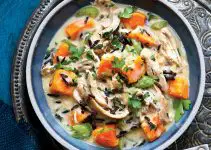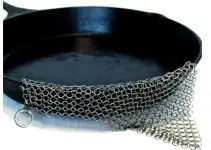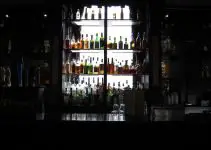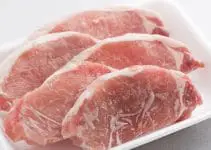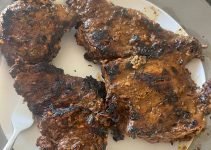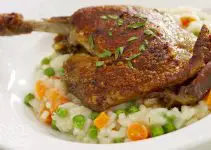Sous vide cooking is a long, slow, gentle way to cook foods to perfection. Pressure cooking is an intensely high heat, quick cooking method to produce foods that would normally take hours (like a beef roast or pulled pork). Read on to learn more about both methods and why each have their place in the kitchen.
History of pressure cooking
The pressure cooker was invented almost 500 years ago, by the physicist Denis Papin. It was not used for cooking until World War II, when people realized that they could cut back on cook time and energy used by traditional cooking methods (like a conventional oven or cooktop range).
Arguably, the most popular pressure cooker today is the Instant Pot; it is a pressure cooker that can also cook at lower temperatures, taking the place of a rice cooker, slow cooker, and other appliances.
Pressure cooking refers to the process of heating food in a sealed container that does not allow steam to escape. As steam circulates in the vessel, the temperature increases, heating water to higher than its standard boiling point of 212 degrees Fahrenheit. This allows food to cook quicker, and can tenderize even the toughest cuts of meat.
Electric pressure cookers are now taking the place of conventional stove top cookers. They are easier to use and much safer; they will usually have a release valve on the top which allows steam to escape. Traditional stove top cookers require more hands on time, which could lead to burns.
Pressure cooking vs. sous vide
There are three major differences between pressure cooking and sous vide cooking; Time, Temperature, and Texture;
- Pressure cooking takes less time to cook than traditional methods like oven baking, slow cooking, or sous vide cooking. The timing is important because a pressure cooker breaks down collagen, protein, and cell structures in food, making them very tender very quickly. It’s important to be mindful of time, though, as pressure cooking can overcook and dry out meat rather quickly. Sous vide cooking, on the other hand, uses slow, gentle heat to bring meat to the appropriate temperature. The slow cooking makes for much longer cook times; a perfectly cooked piece of steak might take two hours, where a pressure cooked steak might take 5 to 8 minutes.
- Temperatures are drastically different between pressure cooking and sous vide cooking. Pressure cooking temperatures can reach nearly 400 degrees Fahrenheit, while sous vide cooking occurs at much lower temperatures, usually around 135 degrees Fahrenheit. Sous vide cooking gently brings food to temperature, and then holds it there, preventing it from overcooking. Temperature of food in a pressure cooker continues to rise, meaning that it is possible to overcook if left to cook for too long.
- Textures of food cooked with a sous vide machine are very different than food cooked in a pressure cooker. Pressure cooking breaks down food, giving a signature stringy, tender texture; however, the high temperature releases waters and juices held in the food, meaning that there will be a gravy or a lot of juices in the pressure cooker, but not left in the food. Sous vide cooking tenderizes and breaks down collagen at lower temperatures, and does not release juice from inside the meat. This means that sous vide foods are tender and juicy, but don’t have the stringy, slow cooked texture of a pressure cooked piece of protein.
Pressure cooking and sous vide cooking are drastically different cooking styles, but both have their place in the kitchen. If you are looking for a quick way to produce a fork tender roast, pressure cooking might be for you.
Contributor:
This article was written by Stephanie Searor, MS RD LDN
Reference:

